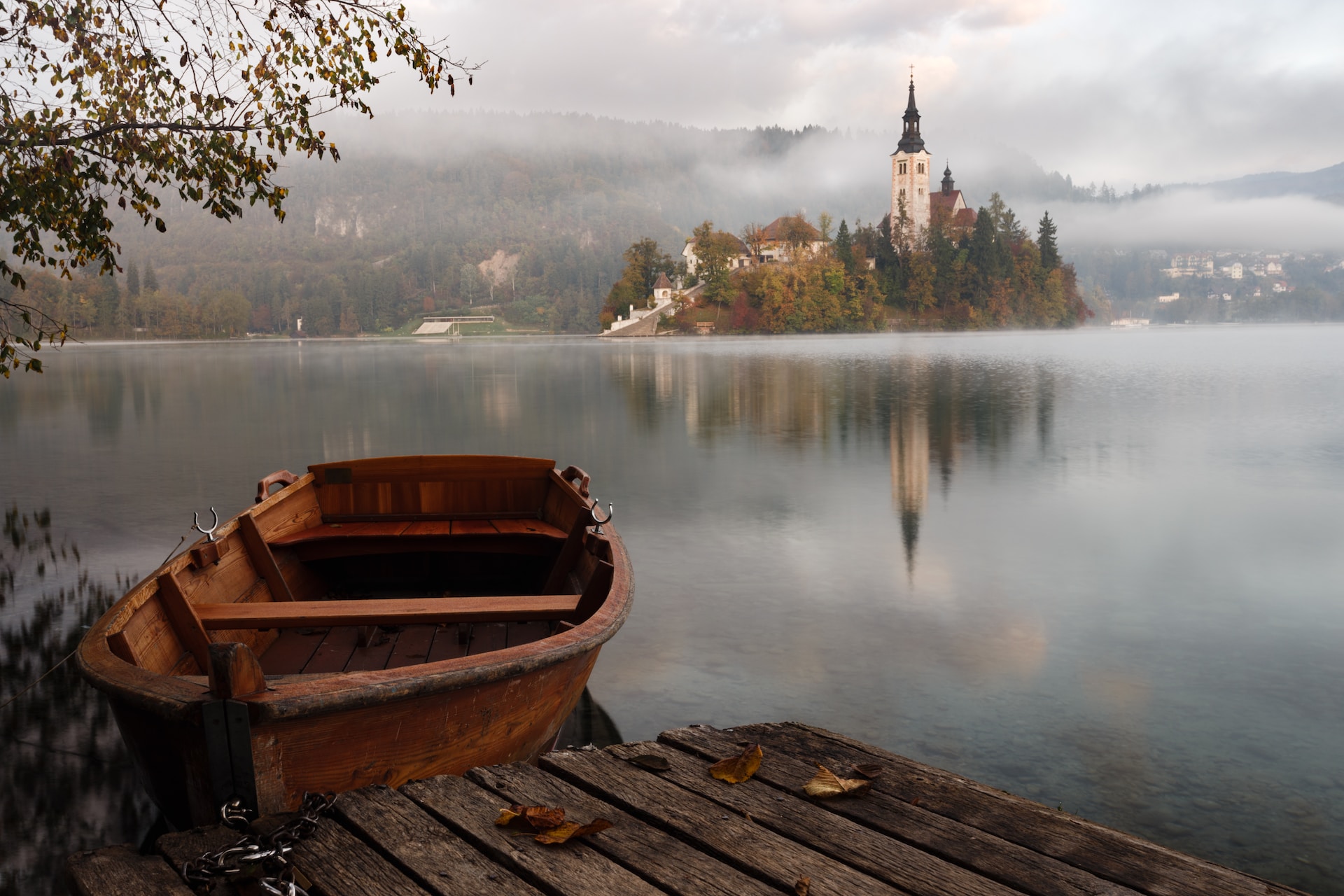High Fantasy vs Low Fantasy: Exploring the Magical Worlds of Literature
Fantasy has always been a beloved genre, captivating readers of all ages with its boundless imagination and magical worlds. From mythical creatures to enchanted lands, the genre offers a thrilling escape from the mundane, transporting us to realms of wonder and adventure. At the heart of this vast literary landscape lie two subgenres that dominate the fantasy world: high fantasy and low fantasy. While both share a common foundation in the supernatural, they diverge significantly in their settings, themes, and narrative styles.
Understanding the distinction between high and low fantasy is crucial for both readers and writers, as it can shape the way we approach and appreciate these stories. In this blog post, we’ll delve into the enchanting realms of high and low fantasy, exploring their unique characteristics, famous examples, and the appeal that sets each subgenre apart. So, grab your magical compass and join us as we embark on an epic journey through the fascinating worlds of high and low fantasy literature!
High fantasy: a realm of epic adventures
High fantasy, also known as epic fantasy, is a subgenre characterized by grand, sweeping narratives set in entirely imaginary worlds. These stories often feature complex, intricate world-building, where everything from the geography and history to the culture and languages of these fantastical realms are meticulously crafted.
There are a number of reasons why readers are so dedicated to this fantasy subgenre. It offers readers an escape from the everyday, inviting them to lose themselves in vast, fantastical worlds that ignite the imagination and inspire a sense of wonder. It also offers intricate, fully realized settings that allow readers to become deeply immersed in the narrative. These stories also explore universal themes of courage, loyalty, and the power of love, offering valuable moral lessons and insights into the human experience.
Completely imaginary worlds
High fantasy takes place in fictional universes, separate from our own reality. These worlds often have their own unique rules, history, and cosmology, creating a rich and immersive experience for readers. They are literally the playground of a fantasy book cover designer, infinite with possibilities. (If you’re looking for a designer, head over to Reedsy’s list of fantasy designers for some of the most experienced people in the industry.)
Epic scale and scope
High fantasy stories typically have large-scale, sweeping narratives involving numerous characters, multiple plotlines, and a wide range of locations. Conflicts are often of great consequence, affecting the fate of entire kingdoms or even the world itself.
Good vs. evil themes
A central theme in high fantasy is the struggle between good and evil, with heroes and villains embarking on epic quests and battling against formidable adversaries. These stories often explore the nature of heroism, sacrifice, and the human capacity for both nobility and depravity.
Magical elements and mythical creatures
High fantasy is replete with magic, mythical beings, and supernatural phenomena. From powerful wizards and enchanted artifacts to dragons, elves, and other fantastical creatures, these elements contribute to the otherworldly allure of high fantasy.
Popular examples of high fantasy literature
- The Lord of the Rings by J.R.R. Tolkien: A monumental work that has become synonymous with high fantasy, Tolkien’s Middle-earth is an intricately detailed world filled with epic battles, heroic quests, and a vast array of memorable characters.
- The Chronicles of Narnia by C.S. Lewis: These beloved books follow the adventures of children who discover the magical world of Narnia, a realm filled with talking animals, mythical creatures, and a struggle between good and evil.
- A Song of Ice and Fire by George R.R. Martin: This sprawling series, which inspired the television phenomenon Game of Thrones, transports readers to the complex, politically charged realm of Westeros, where noble houses vie for power and ancient, supernatural threats loom on the horizon.
Low fantasy: the magic of the world
In contrast to the grand, otherworldly realms of high fantasy, low fantasy is a subgenre that weaves elements of the supernatural and magical into settings that closely resemble our own world. Low fantasy stories often focus on more personal, character-driven narratives, where the stakes are smaller in scale but no less impactful for the individuals involved.
This fantasy subgenre has its own distinct advantages. First of all, its grounding in familiar settings and more personal stories allows readers to connect more easily with the characters and their struggles, making the narrative more emotionally resonant. By focusing on individual journeys and challenges, low fantasy stories provide an opportunity to delve deeper into the complexities of human experiences, relationships, and emotions. With its closer ties to our own world, low fantasy often serves as a lens through which to explore and comment on social, cultural, and political issues, providing a unique perspective on the world around us.
The characteristics of low fantasy
Low fantasy narratives typically take place in familiar settings, such as our own world or a parallel version of it. This grounding in reality lends a sense of relatability and intimacy to the stories. The conflicts and storylines in this fantasy subgenre tend to be less epic in scope, focusing on the individual struggles and experiences of the characters rather than grand, world-shattering events. While low fantasy still features magical and supernatural elements, they often play a less central role in the narrative or are woven into the story in more subtle, understated ways.
Popular examples of low fantasy literature
- Harry Potter series by J.K. Rowling: Set in a secret magical world that coexists alongside our own, the Harry Potter books follow the adventures of a young wizard and his friends as they navigate the challenges of school, friendship, and a growing threat to their world.
- His Dark Materials by Philip Pullman: This acclaimed series takes place in a parallel world that resembles our own but with some significant differences, such as the existence of sentient animal companions called dæmons. The story follows two children who become embroiled in a cosmic struggle that spans multiple realities.
- American Gods by Neil Gaiman: Set in contemporary America, this novel explores the clash between ancient gods and modern society, as old deities struggle to maintain their relevance in a world increasingly dominated by new forms of belief and worship.
Key differences and similarities
While high and low fantasy both fall under the broader fantasy umbrella, they each offer distinct experiences and storytelling approaches.
The focus of high fantasy lies on grand narratives and world-changing events, often involving multiple characters, complex political machinations, and the fate of entire realms. In contrast, low fantasy is grounded in the real world or parallel worlds closely resembling our own. The stories tend to be more personal and character-driven, with smaller-scale conflicts and a focus on individual experiences. Magic and supernatural elements are present but often less central or more subtle.
Both high and low fantasy incorporate magic and supernatural elements into their narratives, but they do so in different ways. High fantasy is characterized by its extensive use of magic, mythical creatures, and fantastical elements, which play a central role in the story. In low fantasy, the supernatural elements are generally less prominent or more understated. They may exist alongside everyday life or be hidden just beneath the surface, creating a sense of mystery and wonder within a familiar world.
High and low fantasy can appeal to a wide range of readers, but individual preferences may lean more towards one subgenre or the other. Fans of high fantasy often enjoy the immersive experience of exploring entirely new worlds and the epic scale of the stories, while those who prefer low fantasy may appreciate the relatability of the characters and the more intimate, character-driven narratives. However, many readers find enjoyment in both high and low fantasy, appreciating the diversity of storytelling approaches and the unique qualities each subgenre brings to the table.
High fantasy and low fantasy each offer their own distinct flavors within the rich tapestry of the fantasy genre. Whether you’re an avid fan of one or a newcomer exploring both, the enchanting realms of high and low fantasy literature are bound to captivate your imagination and transport you to worlds of wonder and adventure. Next, why not have a go at writing a fantasy novel yourself, and see how you measure up against the greats? There are plenty of pro fantasy editors who can help you shape up your draft if you need some help.

